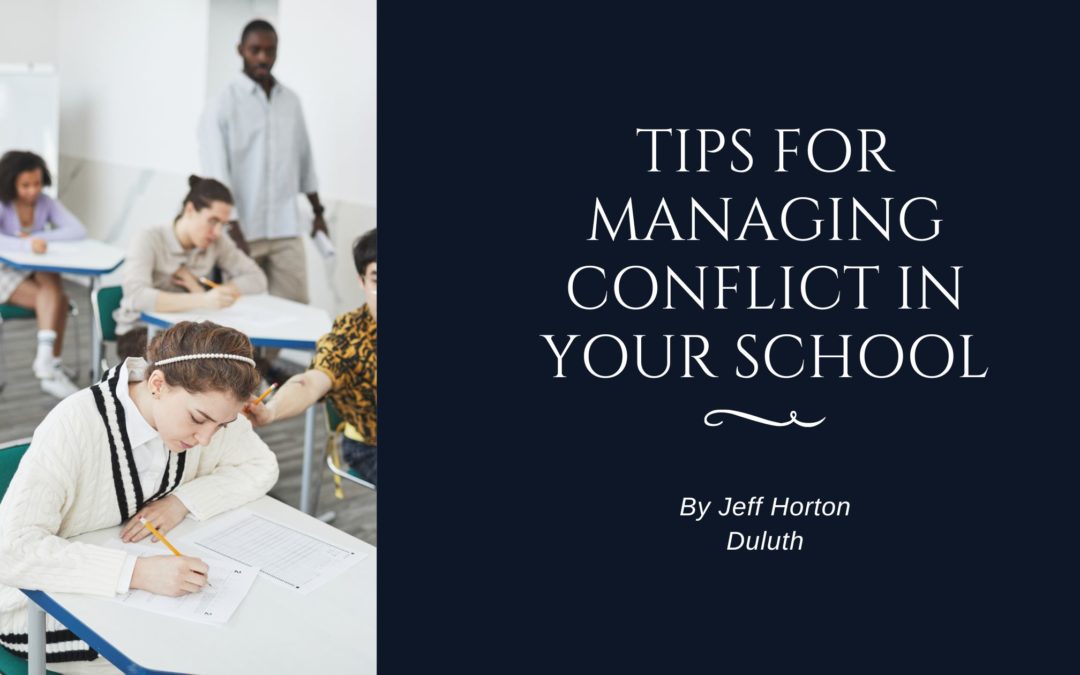Incivility is any behavior that can interfere with the cooperative and harmonious environment in which students are learning. It can happen at any time, and it is always necessary to manage it. The following are a few strategies that teachers can use to create a safe environment for their students.
Why Does it Happen?
Reflect on the expectations of your students and yourself regarding behavior in class.
Your students may have their own biases and experiences about learning, which can influence their reactions to you and the class. Incivility can harm the learning process if not handled properly.
Strategy
Prepare for conflict by anticipating it and being prepared to respond.
SOAR (stop, observe, assess, react).
When conflict occurs, acknowledge the feelings of the students. Acknowledge that you understand their feelings about the topic.
Present the learning opportunity as a chance for students to develop their skills. Instead of focusing on their opinions, they talk about the situation with an academic mindset.
Give the students a couple of minutes to respond to the situation, then a response for the next class.
Restate their perspectives, especially when one student gets all the criticism.
Meet privately
If one student is exhibiting disruptive behavior, you should meet with them individually.
Be aware of what is happening through your actions and body language.
Reiterate class norms and address any issues that may arise.
Refer to your guidelines when dealing with students.
Try listening empathetically and asking the students to explain what happened. You can also help the students devise a solution by brainstorming together.
Safe Learning Environment
Creating a safe and effective learning environment requires connecting with the students.
Give the students time to develop their peer relationships and build community.
Make the class relevant by having the students develop their goals and create a syllabus connecting to the real world.
The syllabus should serve as a contract between you and the students and include guidelines for classroom interactions and group work.
Allow the students to provide feedback about the guidelines and contribute their ideas.
Be Inclusive
Inclusive teaching practices can help communicate expectations and should include diversity in choosing the topics, genres, and films shown during the course. You should also implement various teaching methods that can reach varying learning styles.
Analyzing the social identities of your class can help you monitor how they play out in your classroom.
Reflect on how you have taught in the past. This will help you identify areas of improvement.
You should regularly assess the climate in the classroom. Write down the prompts you have collected and have the students respond anonymously.
